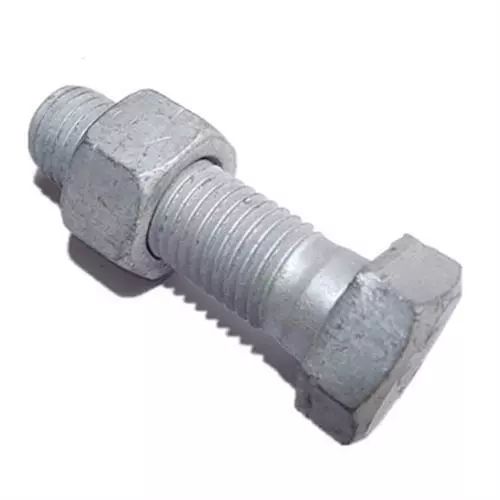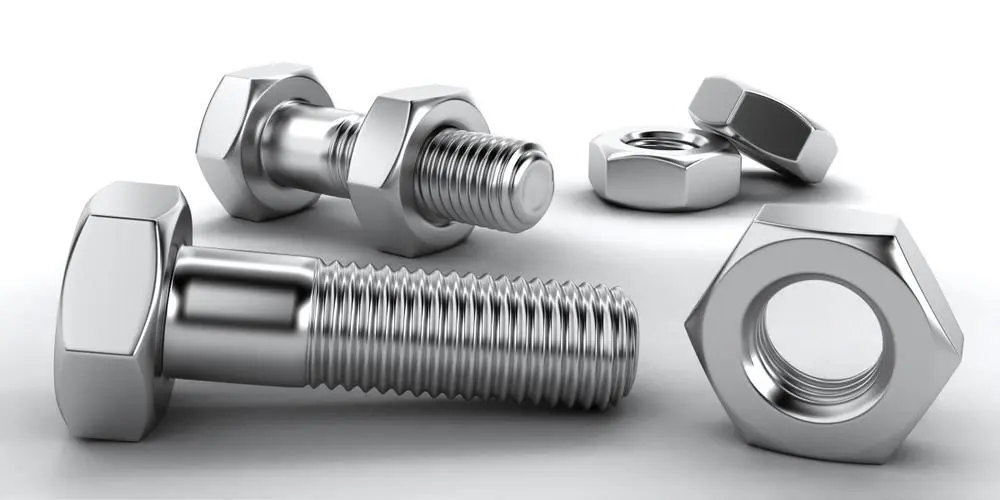Fasteners are the nuts, bolts, screws, and other small components that keep machinery and components together in working order. Many fasteners work through the effective use of threads (left-hand thread and right-hand thread), which allow nuts and bolts to screw together effectively.
But how do threads work? The direction in which workers screw and unscrew fasteners has a lot to do with the applications in which they appear. Additionally, many different types of threads exist to optimize different ways to fasten objects. In this blog, we explore a few of the many different varieties of threads as well as their uses.
COMMON USES AND APPLICATIONS OF FASTENER THREADS
Screw threads help with many different applications, such as:
Fastening: Screw threads appear on traditional fasteners such as nuts, bolts, and screws, and they also help connect threaded pipes, hoses, caps, and fixtures
Gear reduction: Screw threads help with gear reduction by using worm drives
Linear object movement: Fastener threads can be used to convert rotary motion to linear motion
FASTENER THREADS: WHAT IS A SCREW THREAD?
Screw threads are sloped helices that spiral down the cylindrical surface of parts like screws and bolts. They’re responsible for converting energy between rotational and linear movement and force. Fasteners with compatible threads can provide tight seals for a wide variety of equipment.
SCREW HANDEDNESS: LEFT-HAND THREAD AND RIGHT-HAND THREAD
Screw handedness refers to the direction that a screw’s thread wraps around its shaft. Right-handed threads run clockwise, and left-handed threads run counterclockwise. The origin of a thread’s handedness is rooted in human physiology: Screws with different handedness are ergonomic for people depending on their dominant hands.
Most screws today use right-handed threads, and it’s rare to find a left-handed screw used in any application that doesn’t specifically call for it. However, there are some applications that specifically call for the use of left-handed fasteners.
USES AND APPLICATIONS OF LEFT-HANDED THREADS
Left-handed threads are also known as reverse threads. These threads are used in specialized applications in which the application of pressure would force a right-handed screw or bolt to come loose.
Some applications that benefit from the use of left-handed fasteners include:
Automotive: Some tires’ bolts are reverse threaded to keep torque from loosening them
Heating and plumbing: Pipes are often fitted with both right- and left-handed threads to provide an extra layer of defense from leakage
Safety: Gas-supply valves use left-handed threads to differentiate them from the valves that control oxygen


